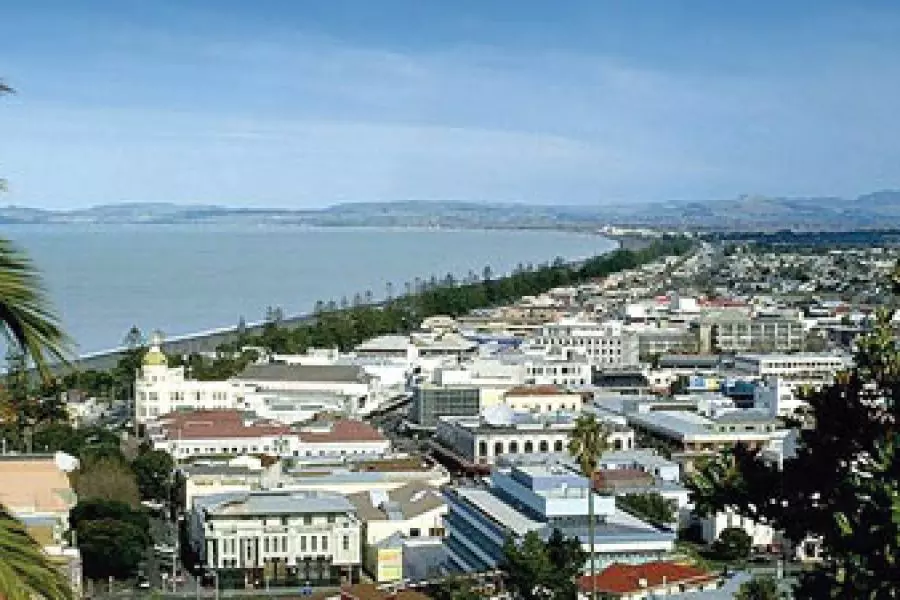News
Regions driving value growth

Wednesday 6th of March 2019
The latest QV House Price Index has property values nationwide up by 3.0% year-on-year and by 0.7% in the three months to February, leaving the average national value at $686,050.
While this does reinforce that values are still growing, the rate of growth stands in stark contrast to that seen in recent years.
National values grew by 6.5% in the year to February 2018 and by 12% i...
Want to read the full article?
Click the button below to subscribe and will have unlimited access to full article and all other articles on the site.






![[The Wrap] Bye Bye Bayly](https://goodreturns.publit.io/file/c_fill,w_900,h_600/39f23ac1-f7c7-4854-b700-a150004ebbac.webp)


